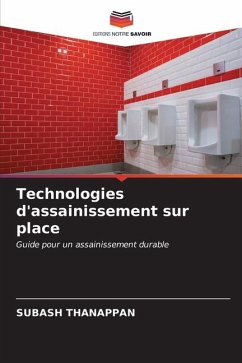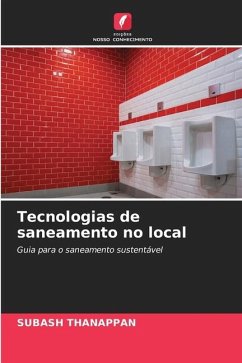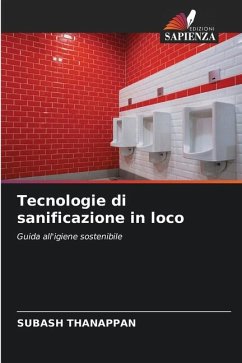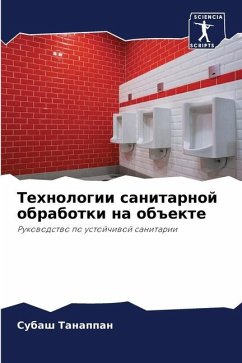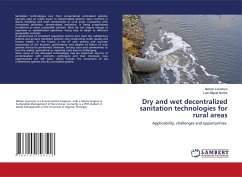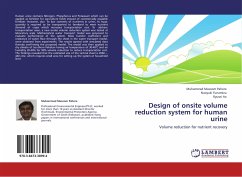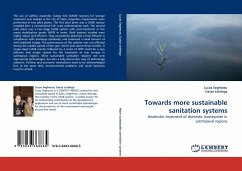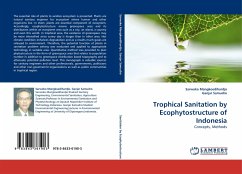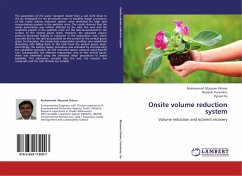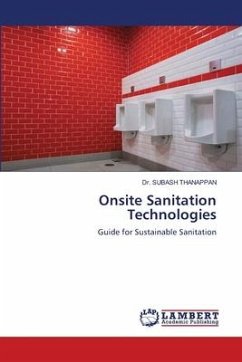
Onsite Sanitation Technologies
Guide for Sustainable Sanitation
Versandkostenfrei!
Versandfertig in 6-10 Tagen
29,99 €
inkl. MwSt.

PAYBACK Punkte
15 °P sammeln!
Sanitation has long been neglected in water supply and sanitation projects and programs. While there has been widespread acknowledgement that improved sanitary behavior is necessary to realize the potential health benefits of improvements in water supply, adequate emphasis is yet to be placed on sanitation components of most projects, in terms of funding (relative to investments in water supply), attention to innovations in project design and in supervision. Many sanitation investments fail to result in improved health and environment for target communities, and indeed in the worst cases, a po...
Sanitation has long been neglected in water supply and sanitation projects and programs. While there has been widespread acknowledgement that improved sanitary behavior is necessary to realize the potential health benefits of improvements in water supply, adequate emphasis is yet to be placed on sanitation components of most projects, in terms of funding (relative to investments in water supply), attention to innovations in project design and in supervision. Many sanitation investments fail to result in improved health and environment for target communities, and indeed in the worst cases, a positive deterioration in the living environment can be the end result (a non-functioning latrine, for instance, serving to concentrate potential contamination and infection closer to the house, can be worse than no latrine at all).In this textbook, more about the various technical options that meet the requirements for the stipulation of basic sanitation systems and the operational and maintenance requirements of each of these options are thoroughly explained. Some of the sustainability requirements, e.g. affordability, operation and maintenance, and responsibilities are also illustrated.



